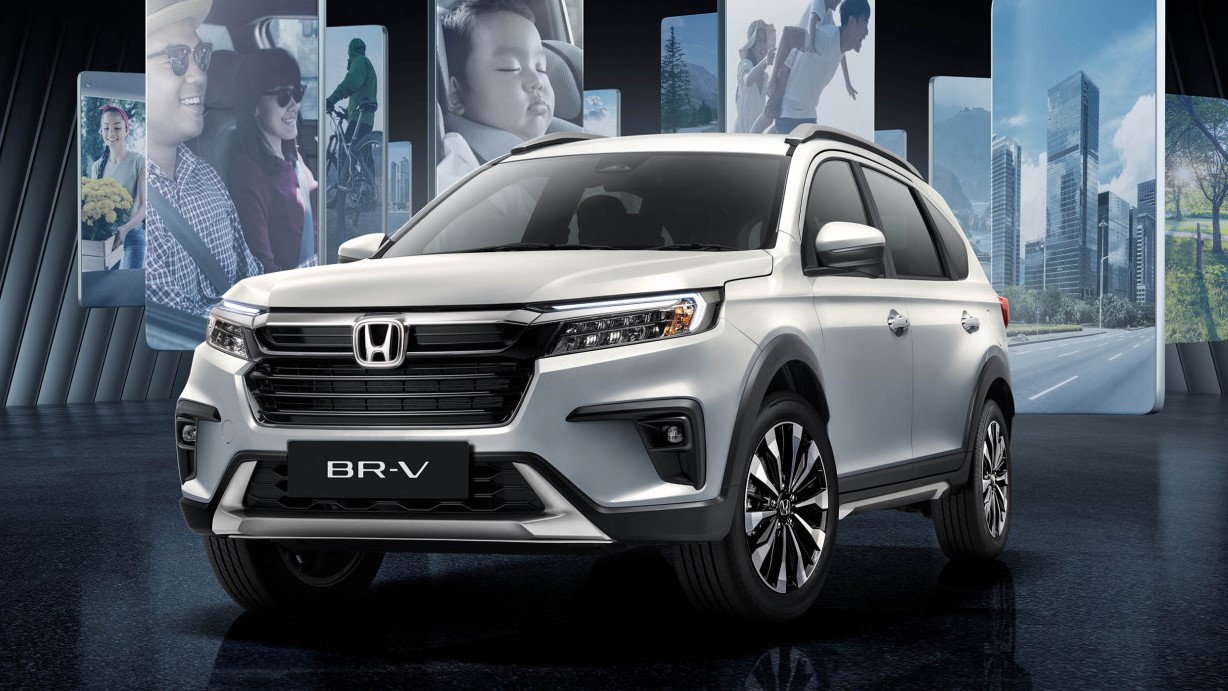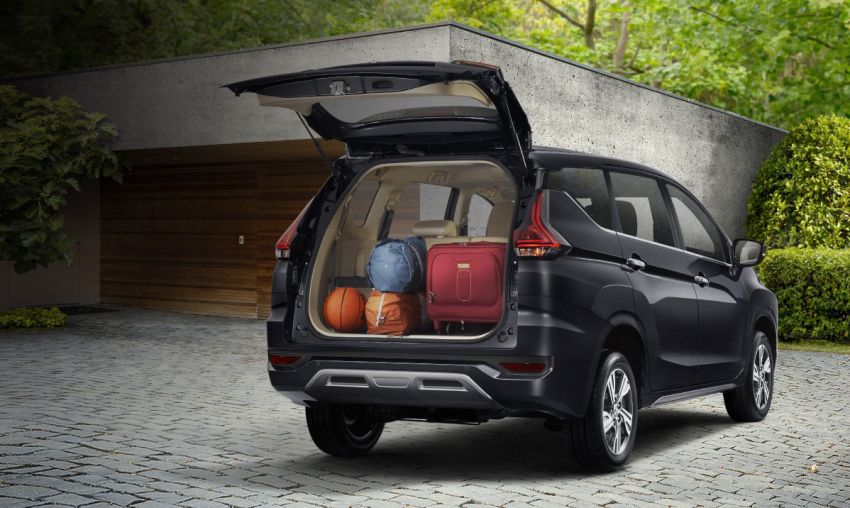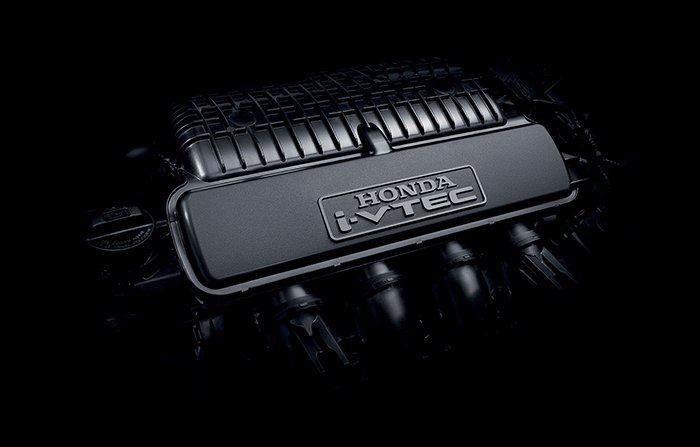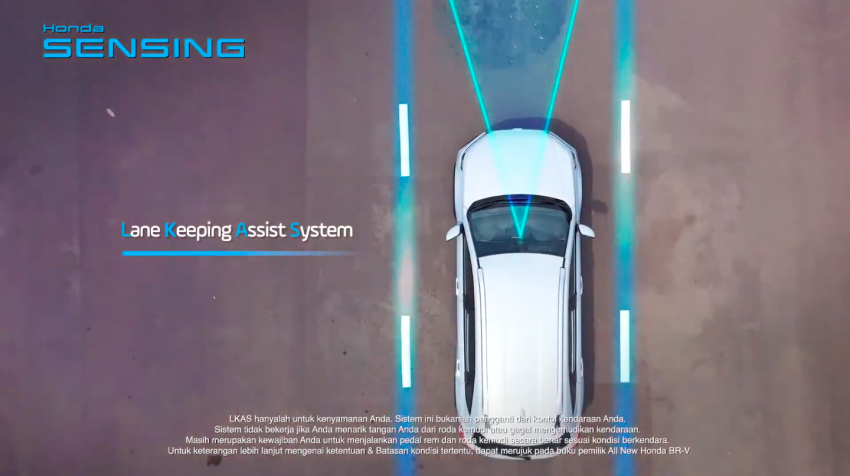2022 Honda BR-V: worth the wait or better to buy another seven-seater?
2022 Honda BR-V: worth the wait or better to buy another seven-seater?

Honda has revamped the BR-V, which is now in its second generation, from the ground-up. The new BR-V was recently launched in Indonesia and its arrival was foreshadowed by the N7X Concept that was shown to us earlier in May.
Likely to go on sale in Malaysia, among other Asean markets, next year, the new Honda BR-V is bound to get many family-oriented drivers to question what their next seven-seater should be. While we wait, let’s do a detailed comparison with the other usual suspects, namely the Mitsubishi Xpander, Perodua Aruz and Toyota Avanza.
Price – Where to drop the money
Since cash matters the most, we will talk about it first. The new Honda BR-V will reportedly go for around 260 million rupiah in Indonesia, which equates to around RM76k – which will make it the cheapest among the three Japanese alternatives, placing Mitsubishi Xpander the most expensive at RM 92,263. Of course, local pricing should be closer to the RM90k mark if the current-gen BR-V prices in Malaysia are anything to go by. Expect it to cost more than the Avanza, though it might still undercut the Xpander, which has been a breakout success for Mitsubishi Motors Malaysia.
However, if it needs to be compared with Perodua Aruz, the local car holds a much cheaper price, ranging from RM68,526 to RM73,226. The Aruz’s affordability and strikingly similar package to that of the Toyota Rush (priced from RM88,314 to RM91,885) is the reason why we’ve left the latter out and roped the Avanza in instead. To be frank, once you break down all prices to monthly instalments, the differences in price aren’t really big. And it’s the biggest unknown for the yet-to-be-launched BR-V after all. So, how else can we determine which is the best seven-seat SUV/MPV?
Honda BR-V
Toyota Avanza
Perodua Aruz
Mitsubishi Xpander
Exterior – Mana lagi padu?
To compare among all aforementioned cars, the BR-V is lengthier and broader than the rest, measuring 4490mm long and 1780mm wide. But the Xpander steals the limelight as the tallest car with 1730mm separating roof to ground despite being 15mm shorter than the Honda. That’s something for tall drivers (and passengers) to consider, so pick wisely. And the heaviest? That honour (or not) goes to the Toyota Avanza, which weighs 1,680kg. It’s a huge difference from the others, with the BR-V, Xpander and Aruz tipping the scales at 1,306kg, 1,275kg and 1,300kg respectively.

In terms of boot space, the Mitsubishi Xpander will likely leave you awestruck. With the third-row folded down, it offers a whopping 781 litres, giving it the biggest boot among all these seven-seat vehicles. Honda has not released official figures for the second-generation BR-V’s boot capacity but expect an improvement over the last one, which wasn’t too shabby itself in terms of overall space.

Engine – Who has the most power?
The Aruz is essentially a Toyota Avanza (or more accurately, a Rush) underneath. Both ladder-frame cars are powered by a 1.5-litre Dual VVT-i petrol engine that produces 102 PS and 133Nm of torque.
This output is significantly lower than the BR-V’s 1.5-litre i-VTEC four-cylinder engine’s 121PS and 145Nm. The BR-V’s CVT also promises a smoother drive and better fuel efficiency over the Aruz. The Xpander, meanwhile, draws 105PS and 141Nm from a 1.5-litre MIVEC engine.
Mitsubishi Xpander
Perodua Aruz
Toyota Avanza
Multimedia – Lights and music
The infotainment system in the new BR-V runs Apple CarPlay and Android Auto. It also features voice command, navigation, and music streaming, an impressive and well-rounded package in this segment.
In contrast, the infotainment system in the Avanza might look a tad aftermarket. It does the basics fine in isolation but it’s just not as slick to operate as the more refined systems in the BR-V or even Xpander and Aruz.

Safety – Honda Sensing, yo!
No doubt this is where the BR-V shines through. Indonesia’s range-topping BR-V Prestige is equipped with six airbags and Honda Sensing, the latter a first for a Honda in this segment. This introduces features such as adaptive cruise control, autonomous emergency braking, lane keeping assist, lane centring assist, front departure alert and automatic high beam, as well as the nifty Honda LaneWatch camera.
The Aruz is a close second, equalling the airbag count of six while Perodua’s Advanced Safety Assist 2.0 (ASA 2.0) offers AEB, traction control, emergency stop signal and many more. This easily trumps the likes of the Xpander and Avanza, which only provide two airbags, without any option to top up for more.
Price: RM68,526 to RM73,226
Engine:1.5L 4CYL DOHC with DUAL VVT-i, 102PS, 133Nm
Transmission: 4-speed AT
Weight: 1300kg
Boot capacity: 213 litres
Price: RM92,263
Engine:1.5L Mivec DOHC 16 Valve, 105PS, 141Nm
Transmission: 4-speed AT
Weight: 1275kg
Boot capacity: 781 litres (seat down)
Price: RM76,400
Engine:1.5 litre i-VTEC four-cylinder engine, 120PS, 145Nm
Transmission: CVT
Weight: 1306kg
Boot capacity: 223 litres
Price: From RM84.848.50
Engine:16-valve DOHC with dual VVT-i, 71PS, 121Nm
Transmission: 4 speed automatic
Weight: 1680kg
So, what do you think? Is the 2022 Honda BR-V worth the wait or are you still inclined to purchase one of its readily available alternatives. Let us know your thoughts.

